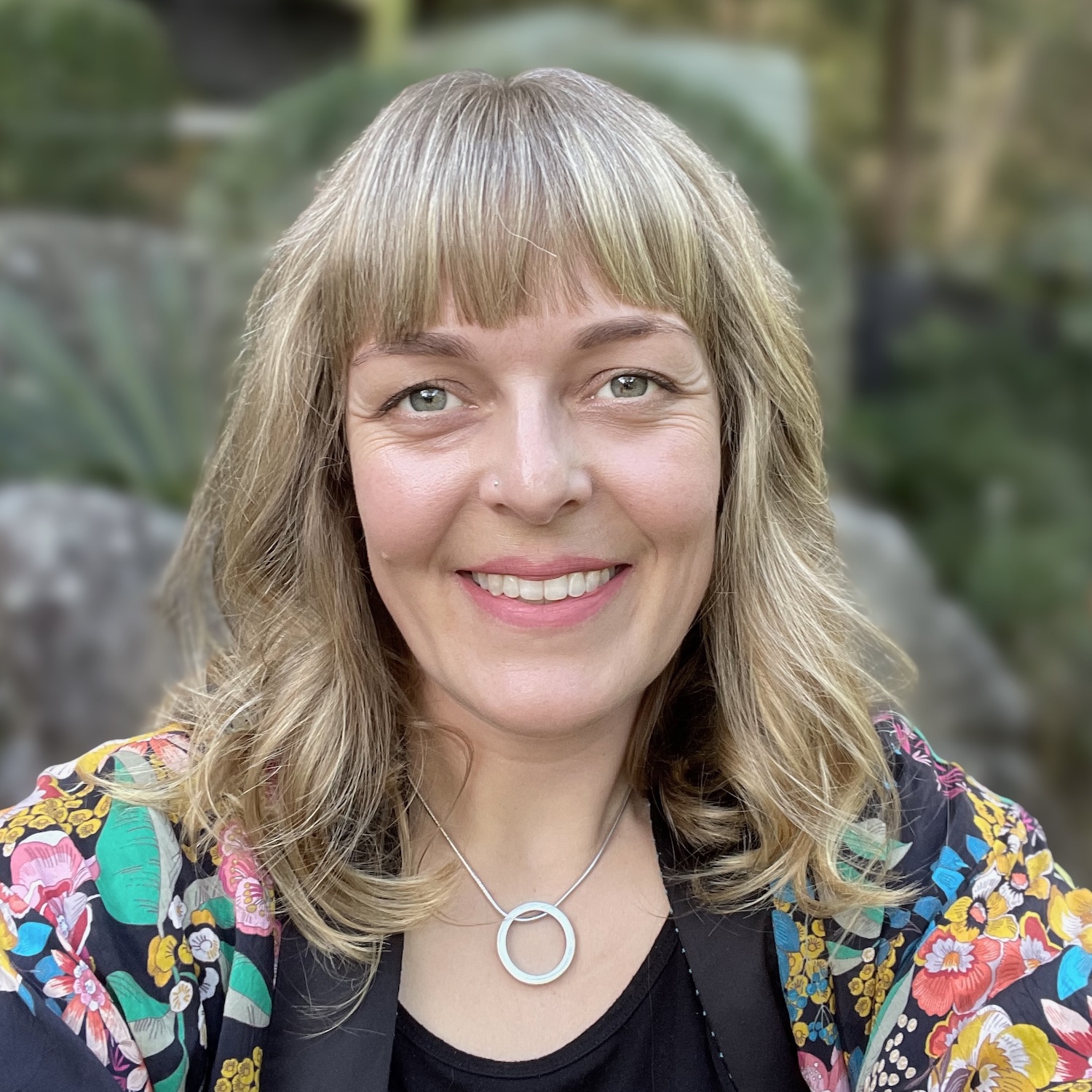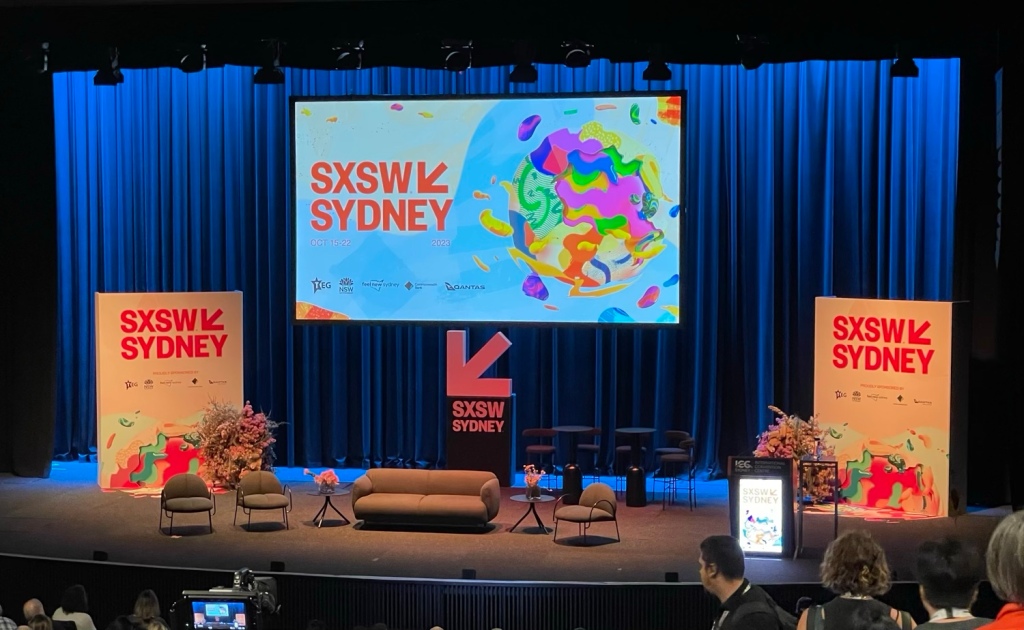I was at SXSW Sydney 2023 primarily for the talks about tech and creativity, but unsurprisingly, AI was everywhere. In particular, many speakers and panellists were tackling the tension between humans and robots, and whether AI can be creative.
This post contains notes from some of the best sessions I attended. The whole conference gave me a lot to think about, and I’m sure I’ll be posting more on the topic soon!
Robots can play a perfect game of tennis. But who would watch?
One of the best sessions I attended was the panel discussion Human vs Machine: The Great Creativity Wars. Jon Yeo hosted this conversation between David King, Stela Solar, and Kimberlee Weatherall. The panellists discussed the nature of creativity, and whether it was possible for AI to replace human creativity:
- Commercial creativity is very different to personal expression. When talking about the role of AI, it’s important to make the distinction between the two. AI can’t possibly replace human expression. But for commercial forms of creativity, it can be used as a thought partner in the creative process.
- When deciding what tool to use, the essential question is:
What is the purpose of what you’re creating? What does the viewer/reader value? What is practical for them to consume? Does it actually matter to them if something was generated with a human touch? - In creativity, nothing is new. We are drawing on all of our experiences and interests to make something new.
- Humans creativity necessitates going beyond the edge, beyond your own capacity. AI, however, is operating within a set of boundaries and objectives that humans define.
- Maybe the use of AI in the creative process is exposing elements of the artistic process that have been over-valued in the past. If AI can replace some part of the process, did we place too much emphasis on having the human in that part?
- Generative AI still takes time and skill to produce a quality outcome, for example, artist Karen X. Cheng’s process to create the Cosmo astronaut cover image.
- We can use AI to create a lot of new content, but who will read it? It’s not practical to consume a lot of content. We only consume what’s most relevant to us, and we value the process, how it came to be. Robots can play a perfect game of tennis. But who would watch?
- AI is best used as a thought partner. Not for the final product.

The panellists of Taste is Soul: How Your Creative Sense Can Keep the World Feeling Human gave one key takeaway each:
- AI is objective-based. Creativity is about accidents.
- Creativity is a marker of time, a personal journal. Lean into that.
- Creativity is about being me. No AI is going to be me as well as I can be me.
There was also a session on creativity that didn’t actually touch on AI at all, but dealt more broadly with the tension between creativity and technology itself. In Staying Human and Being an Artist in the Age of Technology, Anjali Bhimani discussed the importance of keeping boundaries with technology, especially where it hinders your ability to be creative:
- Having accessible technology means we don’t allow ourselves to get bored. Solitude and getting to “bored” is a necessary state for creativity, especially if your body is engaged in something repetitive. That’s why a shower, driving, hiking, and other similar activities are great for creativity.
- Anjali uses this email signature: P.S.: My working hours might not be the same as yours. Don’t feel obliged to answer until your work day.
- She thinks about sharing on social media in three distinct buckets: the public, the personal, and the private:
- Public are projects that you’ve worked on that you want to promote.
- The personal space is real connection to your community.
- Private space are things that are truly private, and this is where creative flow comes from.
- The boundary between personal and private is very important. Don’t share anything that’s charged, that you haven’t dealt with yet. You can decide what you want to share and what you want to keep private. You can be authentic without oversharing.

